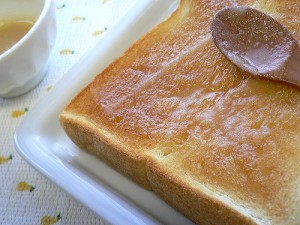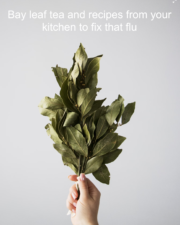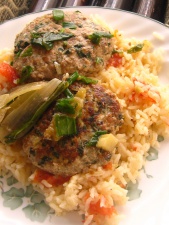For Israelis, butter has mysteriously disappeared from being an open market product. We gather it’s a mix of climate change and the fact that a Chinese multinational bought out its national dairy. But leave it to use to keep the western east prosperous and happy. Hey, don’t mess with our butter.
But if you have no choice, it’s easy to make your own butter. All it takes is double cream and some salt. The most basic equipment will do: a mixer, a pair of sturdy wooden spoons, some cheesecloth or a sieve, and a couple of bowls.
If you’re a real western east food enthusiast, you can keep going and make some Moroccan smen (aged, spiced butter – recipe here.)
Did you ever make butter in school? I did, in fourth grade. The teacher filled a jam jar with double cream, tightened the lid, and we kids took turns shaking it as hard as we could.
All of a sudden, little white grains formed in the sloshing liquid. Encouraged, we redoubled our efforts, and in about 15 minutes, Teacher triumphantly fished out about two tablespoons of butter. It was white and flavorless, but we thought it was divine.
For basic, wholesome, freshly-made butter, follow the simple steps outlined below. We assume you don’t have access to the traditional “butter bats” – wooden paddles used to shape the formed butter into cubes, rectangles, or rounds.
Or you could use the wooden spatula used for ma’moul cookies, as an idea.
RECIPE for Ma’amoul Cookies, a Tender Arabian Pastry Delight
A pair of wooden spoons will do just as well.
Salted, home-made butter recipe:
Yield: about 1 kg. – 2.2. lb. butter, and 1 liter (1-3/4 pints) buttermilk
Ingredients:
2.4 liters (4 pints – 10 cups) organic double cream, room temperature
2 teaspoons fine salt
Equipment
2 large, sturdy wooden spoons
A bowl big enough to rest the spoons in, filled with ice water
A large square of cheese cloth, to contain the butter
Another bowl filled with ice water
Soak the spoons in ice water for half an hour. This is necessary in order to prevent the butter from sticking to them.
Pour the cream into a cold, very clean mixing bowl. Use medium speed to whip the cream until thick. If the speed is too low, it will take a long time; if too fast, it will create a big mess.
The cream will go through the softly whipped, then stiffly whipped stages. Keep whipping. It will separate into fatty grains. A white liquid will remain; that’s buttermilk. Keep the buttermilk for drinking cold, or for baking.
Drain the buttermilk from the butter. Gently plop the butter into the cheese cloth. Gather up the ends of the cloth and cover the butter. Twist the cloth to squeeze out as much buttermilk as possible from the butter. If using a sieve, drain the butter and run some cold water from the faucet over it, turning it over once or twice.
Place the butter in the second bowl (filled with cold water so the butter doesn’t melt). Knead the butter well; drain and do this again, always kneading the butter in cold water until the water is clear.
It’s necessary to remove all the buttermilk, or the butter will quickly go rancid.
Cut the butter, with a cold knife, into slabs of desired size. If you want salted butter – and salt will help preserve the butter for between two and three weeks – cut the butter into 4 pieces.
Pat each piece out in a thin layer with the cold spoons. Sprinkle 1/4 teaspoon salt over every piece. Work the salt in with the cold wooden spoons, then, still using the spoons, shape the butter as you like. Wrap the pieces in waxed paper and refrigerate. You may freeze some if you like.
You may also omit the salt, but then the butter must be eaten or used in cooking within two or three days.
If you want spreadable butter, simply take a piece out of the fridge 20 minutes ahead of time. An alternative is to add 1/2 tablespoon of olive oil to the butter before shaping it.
If you can get fresh cream of goat’s or sheep’s milk, you can make the most luxurious butter on the planet.
More delicious things to make and eat:
- Msemmen – Multi-Layered Moroccan Pancake
- 8 Delicious Ways To Eat Tahini
- Kefir, Legendary Health Milk
- 5 Recipes For Iron-Rich Foraged Nettles




